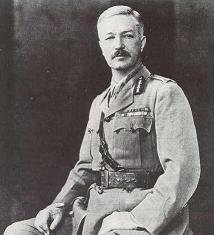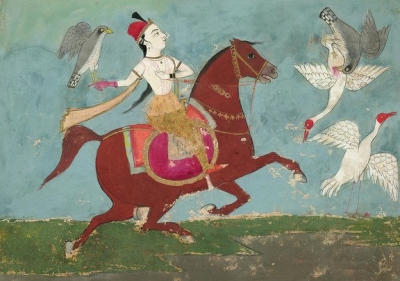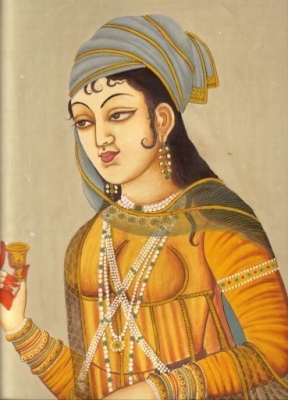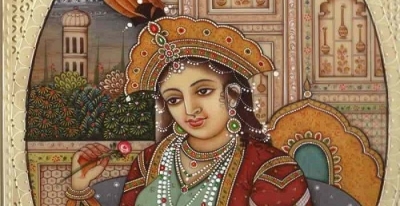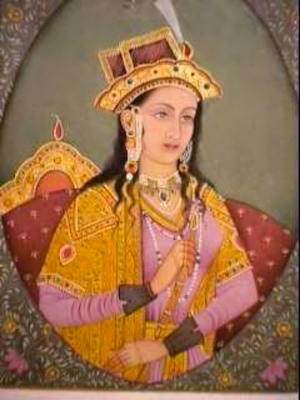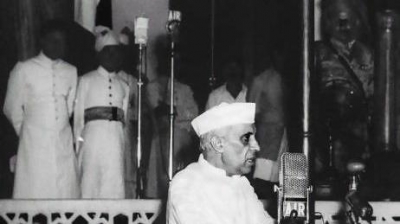
“Tryst with Destiny” was a speech delivered by Jawaharlal Nehru, the first Prime Minister of independent India, to the Indian Constituent Assembly in The Parliament, on the eve of India’s Independence, towards midnight on 14 August 1947. It spoke on the aspects that transcend India’s history.
At the dawn of history India started on her unending quest, and trackless centuries are filled with her striving and the grandeur of her successes and her failures. Through good and ill fortune alike she has never lost sight of that quest or forgotten the ideals which gave her strength. We end today a period of ill fortune and India discovers herself again. The achievement we celebrate today is but a step, an opening of opportunity, to the greater triumphs and achievements that await us.
Picture Credit : Google

